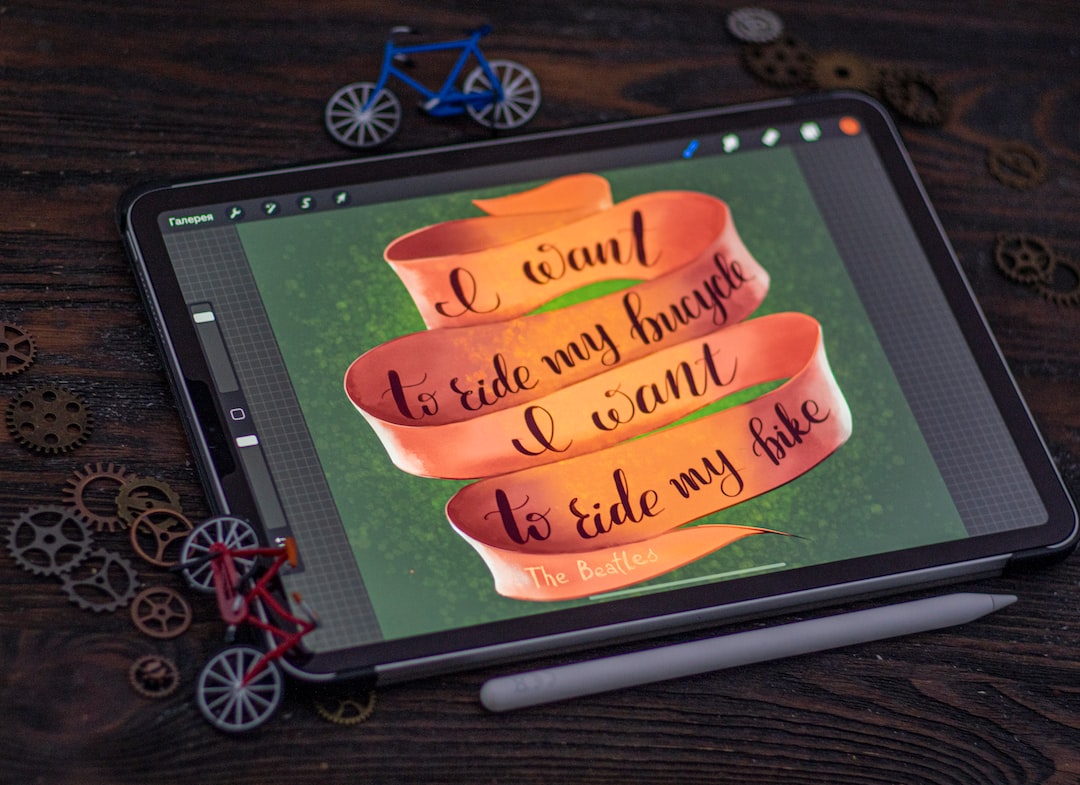Unlocking the World of Chess: Strategies and Techniques for Beginners
Chess is a game that has captivated minds for centuries. From its origins in northern India in the 6th century, to its modern-day status as a global phenomenon, chess has stood the test of time and continues to be a favorite pastime for millions of people worldwide. In this blog post, we will delve into the world of chess and explore some key strategies and techniques that can help beginners improve their game.
First and foremost, it is important to understand the basics of chess. The game is played on a square board divided into 64 smaller squares of alternating colors. Each player starts with 16 pieces, including a king, queen, two rooks, two knights, two bishops, and eight pawns. The objective of the game is to checkmate the opponent’s king, which means putting the king in a position where it is under attack and cannot escape capture.
One fundamental strategy in chess is controlling the center of the board. The center is the most important area of the chessboard as it allows for better mobility and coordination of your pieces. By occupying the center squares with your pawns and developing your pieces towards the center, you gain an advantage in piece mobility and control over the board.
Another strategy for beginners is to focus on piece development. It is crucial to bring your pieces out from their starting positions and activate them in the game. Start by developing your knights and bishops towards the center, followed by your rooks, and eventually your queen. Avoid moving the same piece multiple times in the opening, as it can waste valuable time and allow your opponent to gain an advantage.
Additionally, understanding the value of each piece is essential. Different pieces have different strengths, and knowing their worth can help you make wise decisions in the game. For example, the queen is the most powerful piece on the board and is worth 9 points, while the pawns are worth 1 point each. Sacrificing a less valuable piece to gain an advantage or create a tactical opportunity is a common strategy in chess.
Tactics play a crucial role in chess, and beginners should focus on learning some basic tactical maneuvers. One such tactic is the pin, where a piece is immobilized due to the threat of an even more valuable piece being captured if it moves. Another important tactic is the fork, where a single piece attacks two of your opponent’s pieces simultaneously, forcing them to lose material. Learning to recognize and utilize these tactical opportunities can turn the tide of the game in your favor.
Not only can tactics greatly influence the outcome of a game, but also mastering the endgame is crucial for success. The endgame is the stage of the game where there are a few pieces left on the board. Beginners should familiarize themselves with basic endgame techniques such as King and Pawn endgames or Rook and Pawn endgames. These fundamental concepts will help you convert your advantage into victory and avoid common mistakes that could cost you the game.
As with any skill, practice is essential for improvement. Chess is no exception. Regularly playing and analyzing your games can help you identify your weaknesses and learn from your mistakes. Engaging in friendly matches with fellow beginners or joining chess clubs or online communities can also provide valuable opportunities for learning and growth.
In conclusion, chess is a fascinating game of strategy, tactics, and skill that has enchanted players for centuries. By understanding the basics and implementing key strategies such as controlling the center, developing your pieces, and recognizing tactical opportunities, beginners can unlock the world of chess and embark on a rewarding journey of improvement and enjoyment. Remember, practice makes perfect, so get out there and start honing your skills on the chessboard.

